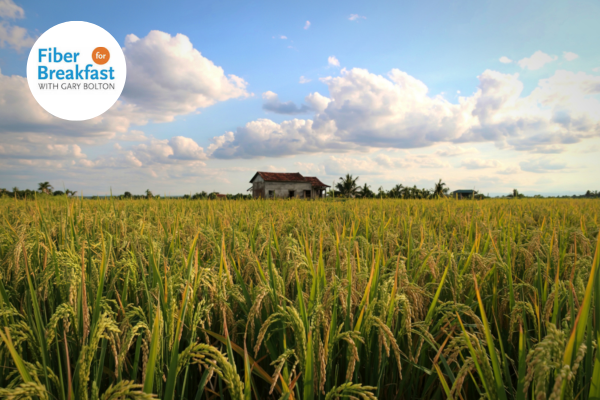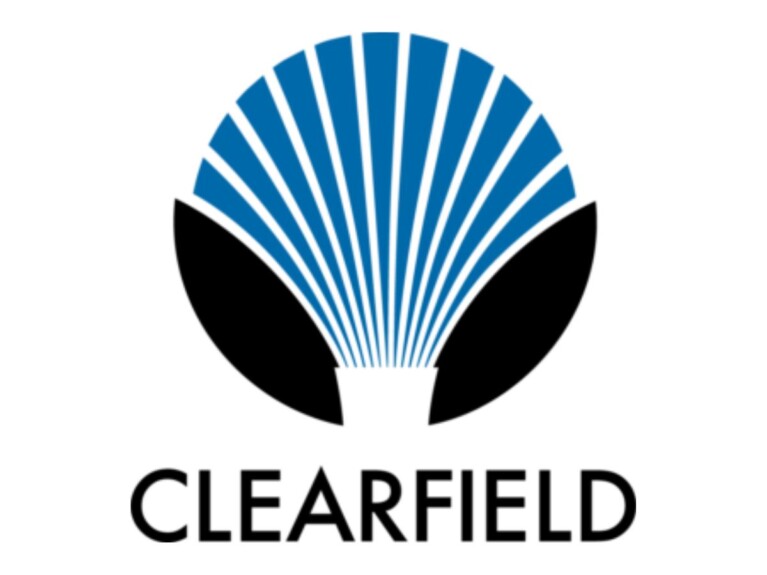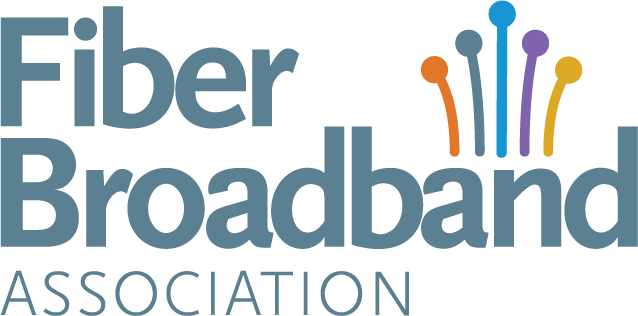Alaska and West Virginia Left Behind in Race for Global Competitiveness
Alaska and West Virginia Left Behind in Race for Global Competitiveness
RVA research paper reveals dramatic growth—and gaps—in fiber availability across the U.S., comparing data from 2013-2024
WASHINGTON, D.C.—(May 8, 2025)—The Fiber Broadband Association (FBA) today released a new paper, The Progress of U.S. FTTH Availability by State, detailing the progress of fiber-to-the-home (FTTH) deployments by state, across the United States. The study, performed by RVA LLC, compares data from the last 11 years and reveals substantial expansion in fiber broadband availability, with notable growth in the central, southeastern, and New England states. However, it also shows that some states remain underserved and lack access to reliable connectivity. As fiber deployment is a key measure of global competitiveness and economic development, this study identifies the states investing in the future for their communities.
The paper reveals that Rhode Island and North Dakota lead the nation in Fiber-To-The-Home availability per capita, at 83.2% and 81.9% respectively. Given the extreme climate and challenging diverse topology, Alaska ranks 50th as its FTTH availability has only improved from 3.2% in 2013 to 13.0% in 2024. FBA will hold its next Regional Fiber Connect workshop in Anchorage on July 17th in an effort to place a national focus on accelerating fiber deployment in Alaska. The state will also be featured on the next Fiber for Breakfast episode, on May 14, to highlight a powerful collaboration between Old Harbor Native Corporation and Alaska Communications—and funded by a Tribal Broadband Connectivity Program Round 2 grant from the NTIA—that will deploy 155 miles of subsea fiber and an extensive last-mile network to bridge the digital divide and support education, healthcare, economic growth, and cultural preservation for generations to come.
States such as Arkansas and Mississippi have significantly improved their global competitiveness with fiber availability growing from 1.8% and 3.1% in 2013 to 62.8% and 66.9% in 2024, respectively. On the other hand, states such as West Virginia have been left behind. West Virginia’s fiber availability in 2013 was 1.8% and while it has improved to 34.5%, it remains in the bottom half dozen states.
It is important to note, West Virginia secured $1.2 billion in federal broadband infrastructure funding through NTIA Broadband Equity Access and Deployment (BEAD) grants and was ready to submit a final proposal to NTIA which would connect every unserved and underserved West Virginia home with fiber broadband, under the available budget. However, on March 28th, Governor Morrisey paused that effort to collaborate with the federal government on potential changes to the program.
Nevada, another state that ranks among the bottom, also has an approved final BEAD broadband funding proposal to connect 80% of its unserved and underserved homes with fiber broadband, but is waiting on Washington policymakers to move forward.
“This data confirms that fiber deployment is accelerating across much of the country, but also shows there is still significant opportunity ahead,” said Deborah Kish, VP of Research and Workforce Development at the Fiber Broadband Association. “State-level progress underscores the vital role that policy, competition, and local initiatives play in advancing broadband access.”
FBA’s paper leverages FCC Broadband Service Location data and other public sources to assess the percentage of homes passed by FTTH in each state. The report highlights both historical patterns of fiber deployment and emerging regional strengths driven by a range of service providers, including Tier 1 carriers, municipal networks, and rural telcos. The study also emphasizes that while first-pass fiber availability has significantly improved, the next phase of growth will rely on policies and investments that enable second and third fiber passings to further enhance competition and resilience.
FTTH progress and challenges will be featured throughout programming at Fiber Connect 2025, June 1-4, in Nashville, Tenn. To learn more about the event, visit the conference website or subscribe to FBA’s Fiber Forward Weekly newsletter for updates on conference news and more.
About the Fiber Broadband Association
The Fiber Broadband Association is the largest and only trade association that represents the complete fiber ecosystem of service providers, manufacturers, industry experts, and deployment specialists dedicated to the advancement of fiber broadband deployment and the pursuit of a world where communications are limitless, advancing quality of life and digital equity anywhere and everywhere. The Fiber Broadband Association helps providers, communities, and policymakers make informed decisions about how, where, and why to build better fiber broadband networks. Since 2001, these companies, organizations, and members have worked with communities and consumers in mind to build the critical infrastructure that provides the economic and societal benefits that only fiber can deliver. The Fiber Broadband Association is part of the Fibre Council Global Alliance, which is a platform of six global FTTH Councils in North America, LATAM, Europe, MEA, APAC, and South Africa. Learn more at fiberbroadband.org.




